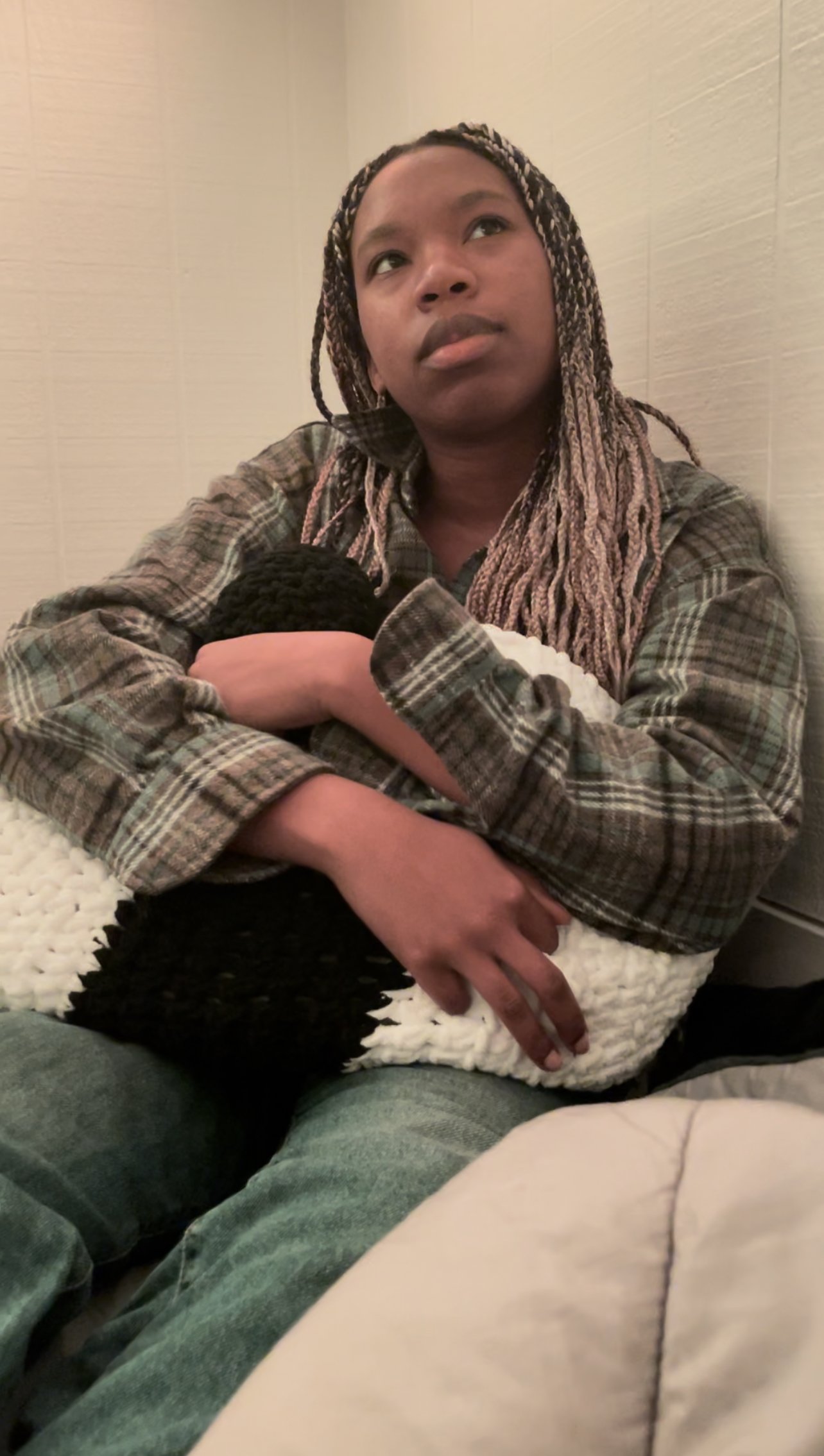Challenge
Use human-centered design methods to reimagine how the Guild Theatre (a non-profit concert venue located in Menlo Park, CA) attracts and engages younger Gen-Z audiences.
Team
Seth Nguyen
Benjamin Fischer
Thomas Escudero
Luke Mann
My role
UX Researcher
UX Designer
Timeline
10/24/22 - 12/5/22
Deliverable
We designed a system that allows Stanford students to curate exciting, novel experiences through data-based polls created by the Guild. This allows students to engage with and build anticipation for events at the Guild while also allowing the Guild to see what keeps these students coming back.
Watch this video for a rundown of our process —>

Needfinding
In our initial round of needfinding, we interviewed Stanford undergraduates to uncover insights regarding both on and off-campus nightlife. We also visited the Guild to better understand our problem.
Notable takeaways
There was high friction and high commitment for students traveling off campus
Palo Alto has a reputation for being expensive, residential, and populated with an older demographic
Students are dissatisfied with Stanford’s nightlife, but they feel it’s the only option
Students are generally unwilling to risk money and time on an artist whom they don’t normally listen to
The Guild books artists that are popular amongst an older generation than current Stanford undergraduates
Synthesizing & Ideating
After gathering and organizing our data, we decided to create a POV and generate ideas for how we might tackle our problem. We generated around 100 ideas and narrowed it down to our five favorites
Prototyping & Testing
We decided to prototype our top three ideas and test them. Our prototypes consisted of a dashboard that tracked gen-z outcome with artists, a themed night experience, and a rideshare mobile app
We learned that the Guild’s booking system is very outdated and is heavily reliant on relationships. We also learned students were attracted to the idea of a themed night.
Needfinding
We decided to go back to the users in order to dig deeper into the emotions of Stanford students. We realized that our first round of interviews showed us problems but not precisely how students felt about them or the motivations behind their actions.
Synthesizing & Ideating
After interviews, we gathered our data and brainstormed how we could solve both the Guild’s problem of not knowing what students want and solve the students’ issue of wanting a novel, freeing, and whacky nightlife that didn’t exist on campus.
Our interviews revealed that Stanford students went out because they wanted a liberating, different, and stupid experience to break away from the monotony of daily life on campus.
Prototyping & Testing
We decided to prototype Stupid Nights by going to three different on-campus parties and allowing attendees to fill out a google form to choose what they wanted to see at their next party. We then brought this information to the Guild to see if it would be of any help to them.
We needed to combine our ideas of curating completely unique social experiences with a data-driven framework to repeatedly book unforgettable experiences, and thus, Stupid Nights was born.
Students loved the idea of getting to choose their drinks, games, music, etc. without the hassle of actually planning, and the Guild thought that the information would be helpful to curating events that would draw in Gen-Z.
Logistics
Final Thoughts
I learned that the design process is indeed not linear; sometimes it takes quite a bit of refocusing to truly get to move in the right direction. Additionally, solving the problem isn’t always the hard part; for this project, it was truly understanding the problem that proved the most challenging to me.











